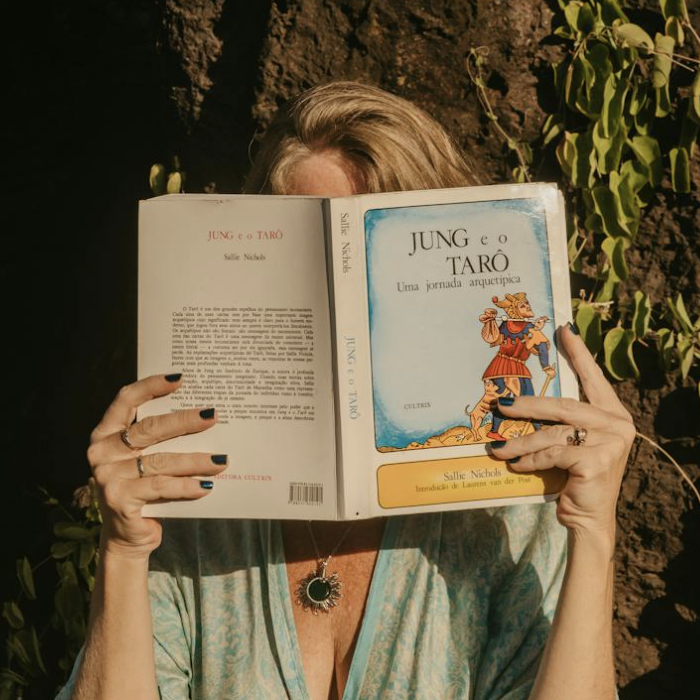thoughts on dragons, unicorns, and the geographies of our longing
an article by Claire Hollis on August 19, 2025
I can’t remember where I first heard the word 'dragon.' At home, maybe, reading a book with faded gold script on the spine, pages slightly foxed, a comfort object more than a story. I know it felt old and important, dangerous in a grownup sort of way. Later, in a Beijing coffeeshop, my phone buzzing with deadlines, I watched children trying to master the choreography of the new year’s dragon dance. The movements were careful, determined, almost sacred, every shimmer of ruby and jade fabric borrowing power from the myth it echoed. The dragon, here, is luck and rain, a great river crossing into the present. It’s nothing like the beast of stained-glass church windows or faded medieval tapestries in the UK, where I once spent a rainy season chasing work and cheap museums. There, dragons are almost always a thing to be slain. Myths of evil solved by heroes with swords.
Sometimes, working from half-remembered hotel rooms, I think about that divide. How the same word, dragon, can mean apocalypse or angel depending on whether you grew up eating mooncakes or custard creams. Western dragons: hoarders, destroyers, shadowy things that haunt caves and threaten order. Chinese dragons: beneficent, serpentine, ascend into clouds to bring the monsoon. Why are we so eager to assign morality, to anthropomorphize our monsters? Is it just easier than facing the chaos inside ourselves?
Truthfully, my own feelings toward dragons are contradictory. I love the terror in the old epics, Beowulf staring down his end, St. George and the broad threat of pagan wildness. But the Chinese dragons I glimpsed in street parades feel inexplicably intimate, wise rather than dangerous, a kind of ancestor memory. Maybe some part of me craves both: the drama of struggle and the release of rain.
And then there are unicorns, those other persistent ghosts in global folklore, limpid-eyed, always just out of reach. In medieval tapestries in France, they’re both riddles and emblems of purity. Not so different from how, in Seoul last spring, I heard of the kirin, the East Asian cousin to the unicorn, more scaled, more ambiguous. There’s something almost comic about the Western unicorn obsession now: plushies in airport gift shops, sequins on cheap T-shirts sold in Polish shopping malls. I want to laugh at how we flatten our myths into marketing. But I also understand it.
I remember reading somewhere that there is a unicorn reported in almost every continent’s folklore, India’s chāmarī, the antelope-horned beast from the Indus Valley seals; the Persian karkadann, forged in the furnace of the desert. What are we all looking for? Innocence, maybe, or some guarantee that the invisible things we sense are real. Everyone, everywhere, makes monsters into metaphors. We never seem content with the visible boundaries of the world. Perhaps mythical creatures are a kind of protest.
I used to think travel would answer these questions for me. That if I could sip the right oolong under silk lanterns or order coffee in a dozen dialects, I’d feel some final understanding. But truth seeps in more slowly. What I have instead is this: a crowded, contradictory map of encounters and stories, a suspicion that myths are not just mirrors for our cultures but also prisms, bending what we long for, what we dread, in strange, luminous directions.
Sometimes I wonder if adulthood, real adulthood, means accepting that dragons can break your heart and give you water, that unicorns can be both holy and hollow, and that every myth is a weather pattern. That we borrow, steal, and transform because we must. I don’t have an answer. I write and rewrite these creatures into my own life, chasing not a solution but a kind of participation. Make of it what you will.
The author

Claire Hollis graduated with an English degree and spent three years living out of Airbnbs across Lisbon, Brooklyn, and Tbilisi. Claire believes in the rhythm of good sentences, the discipline of daily writing, and that every great article starts with genuine curiosity.
